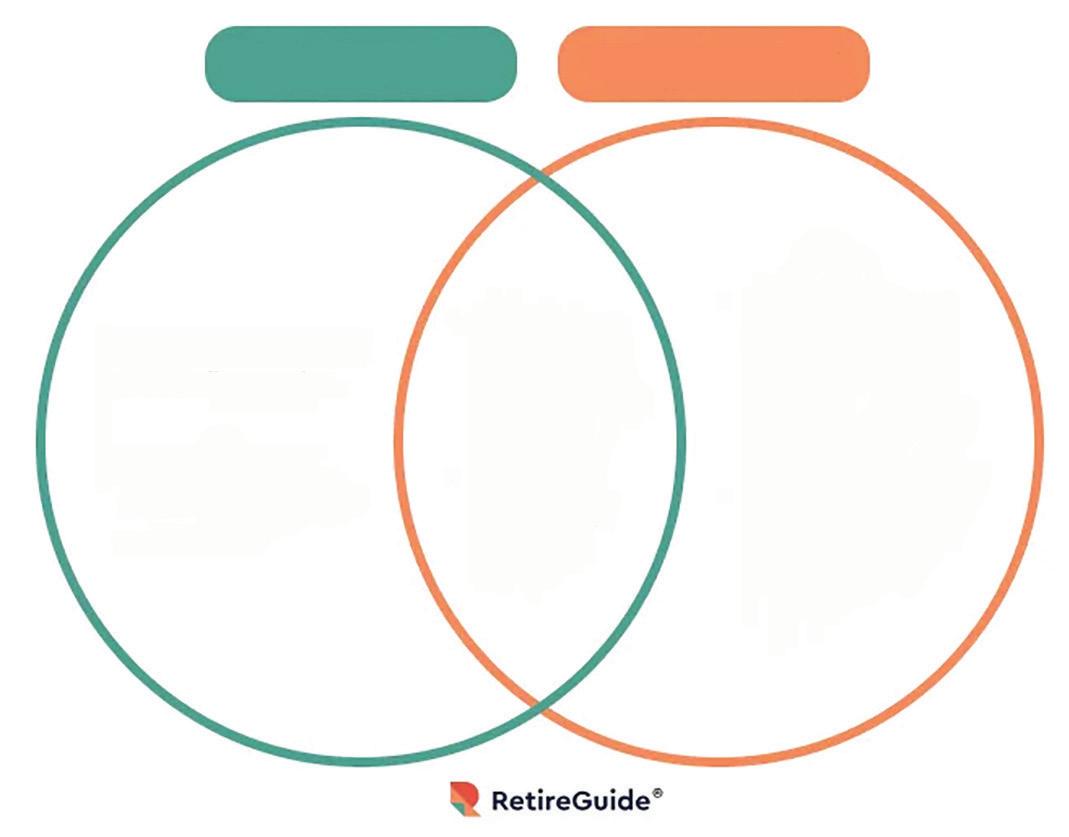
2 minute read
MEDICALEXAMINER

The C Word
June is National Cancer Survivor Month. “More than 18 million Americans with a history of invasive cancer were alive on January 1, 2022,” the American Cancer Society (ACS) reports.1 This edition of The C Word pays tribute to the millions of people whose lives changed when their cancer was discovered, who received or are receiving therapy, and who are survivors. It also honors the families, caregivers, and providers who journeyed with them.
Despite the ever-increasing number of survivors, an estimated 608,820 cancer deaths will occur in 2023, equating to 1,670 cancer deaths each day. For many people recently diagnosed with cancer or those undergoing cancer treatments, concerns about their quality of life often arise and can parlay into tough decisions about seeking or continuing treatment. For some terminally ill cancer patients, decisions to discontinue treatment can be heartwrenching.

For others, the decision may offer relief for both the patient and their families. Fortunately, palliative care clinicians, nurse navigators, psychological oncologists, social workers, and pastoral care professionals help patients, and their families explore concerns, patient preferences, and end-of-life options.
What is the Difference between Palliative Care and Hospice Care?
• Used at any point after diagnosis
• Is paired with treatment of your condition
• Focuses on improving quality of life

• Alleviates symptoms like pain
• Used once your condition is considered terminal

• You usually must have six months or less to live
Palliative care and hospice care are often confused. As shown in the illustration, both types of care aim to improve an ill person’s quality of life and to alleviate pain, discomfort, and stress.2 Both services may be covered by Medicare, Medicaid, and private insurance. The purpose of palliative care is to provide supportive care as part of treatment but if the decision to discontinue treatment is made, palliative care can transition to hospice care. Hospice care, while a supportive service, is rendered when a patient’s prognosis of survival is poor or during the final stages of a terminal illness, typically when conditions indicate the patient is not expected to live beyond six months. With hospice care, curative treatment is suspended, and care focuses on patient comfort and pain management.

Palliative care is typically administered in the hospital or clinical setting, while hospice care can be provided at the patient’s home, in a hospice facility, or an extended living or nursing facility. For example, in February, the family of former president Jimmy Carter (age 98) announced that he had decided to forego further medical treatments and chose instead to use hospice care and spend his remaining days at home.3



THE FIRST 40 YEARS ARE ALWAYS THE HARDEST If you answered:
A. This is true, but you are going to need a better plan than just telling her she has to do it. There are many ways to make reading more fun.
of the summer a horrible experience for her and for you too. Reading is important, but it should not be a chore or feel like punishment. Try to make it fun for her.









